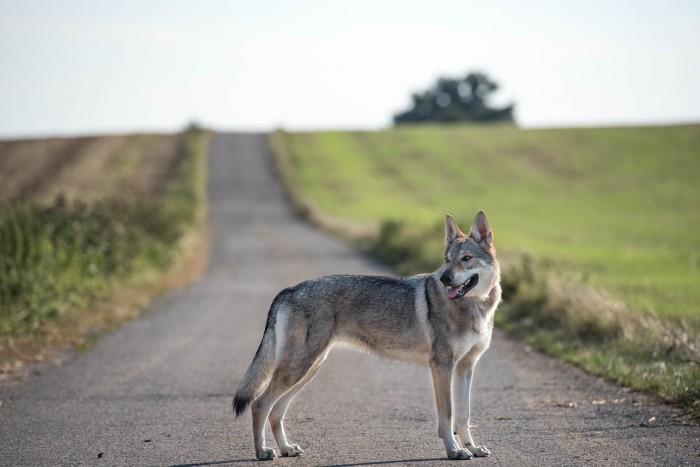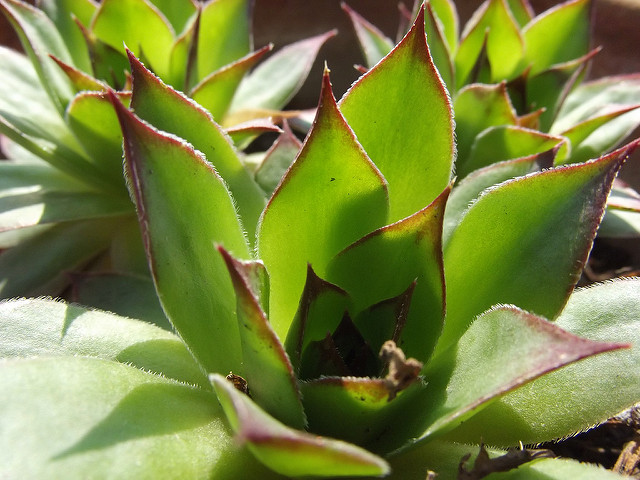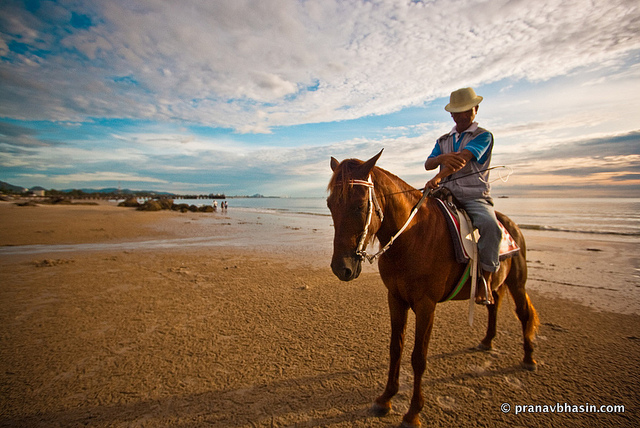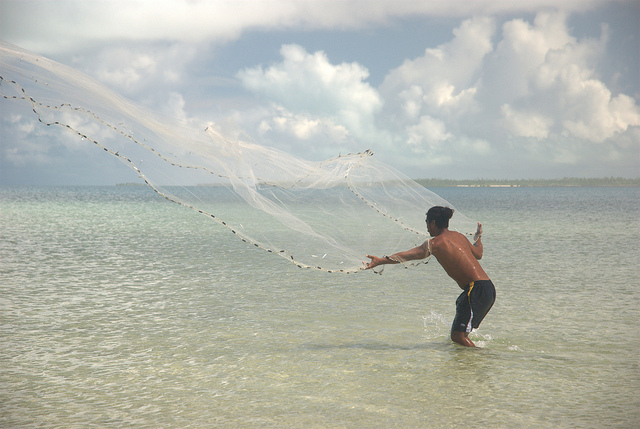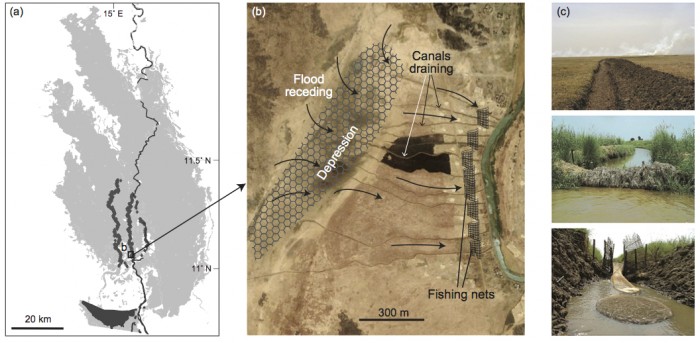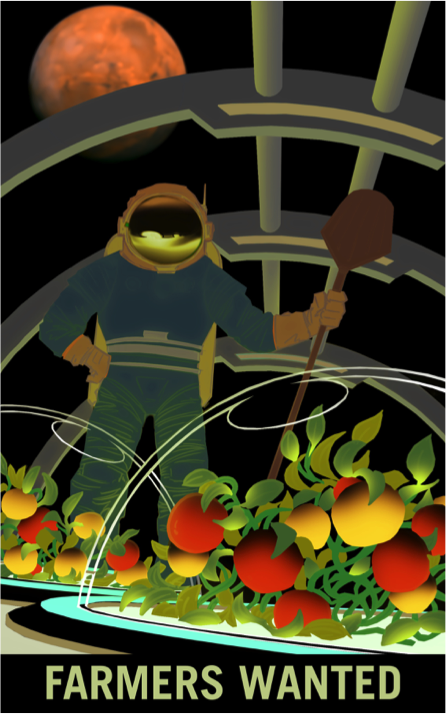Humans are adapted to change. I’ll illustrate this point using feeding and diet as an example.[1] Our nutritional niche is arguably among the broadest on the planet, rivaling most other species in its eclectic omnivory and diverse patterns of food consumption; we are gustatory generalists extraordinaire, flexible, and adapted to shifting landscapes of food availability. Such biological flexibility has been the subject of lively discussion among biological anthropologists and evolutionary biologists. The Variability Selection Hypothesis (Potts 1998), for example, posits that humans (and our hominin forebears) are best adapted not to any particular sort of ecological circumstances but instead to change itself. This makes sense from a climatological and ecological vantage: the most dramatic and frequent climate oscillations in the past 27 million years have occurred recently, in the past 5 to 6 million years—dates corresponding with the evolution of our lineage. We continue to adapt as new foods have been introduced, with continually shifting gut microbiomes and new alleles. The phylogenetic inertia[2] of our biological and ecological flexibility has clearly served us well over evolutionary time: we are a true cosmopolitan species, occupying virtually every habitat type on the planet.
Read More “Landscapes of Change, Inertia, and Species Coexistence”
